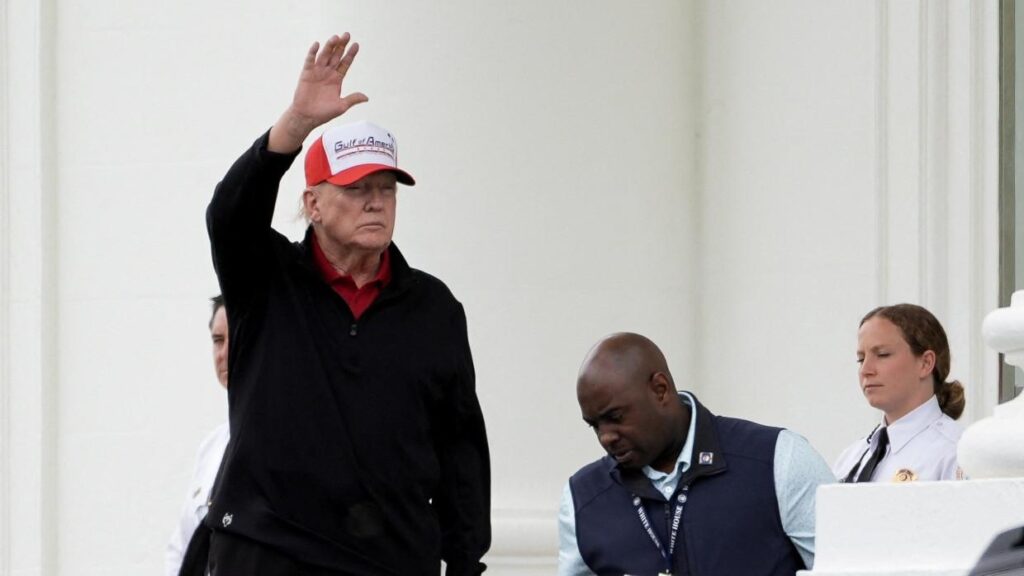Trump’s Tensions with the Federal Reserve: Analyzing Market Reactions and Economic Implications
In a surprising turn of events, former President Donald Trump has intensified his criticism of Federal Reserve Chairman Jerome Powell, leading to heightened anxiety among economists and investors. This public dispute has caused significant fluctuations in financial markets, raising alarms about the potential repercussions for economic stability. This article delves into the ramifications of Trump’s confrontational approach towards the Fed, assessing its capacity to disrupt economic growth and pose risks to the overall financial system. As market apprehension grows alongside an uncertain economic forecast, this ongoing conflict between political leadership and monetary policy could shape future developments.
Trump and the Fed: A Market Analysis
The escalating tensions between Donald Trump and Jerome Powell have resulted in considerable uncertainty within financial markets. Investors are increasingly wary of how this prolonged discord might affect their portfolios, as evidenced by notable spikes in volatility indices that reflect rising fears of instability. Trump’s vocal opposition to interest rate increases has particularly impacted sectors like real estate and finance, prompting significant shifts in market dynamics. Such a confrontational stance raises critical questions regarding fiscal policy consistency and long-term economic viability.
The immediate response from markets has been strikingly evident through fluctuations in major indices. Traders are now more vigilant than ever regarding upcoming decisions from the Fed, concerned that political influences may sway essential economic choices. Analysts point out that Trump’s rhetoric significantly affects consumer sentiment; recent surveys indicate a downturn in business confidence levels across various sectors. The table below summarizes recent market changes influenced by these tensions:
| Market Index | Change (%) | Comments |
|---|---|---|
| DOW | -1.5% | Dramatic decline amid uncertainty |
| S&P 500 | -1.2% | Investors seeking safer assets | <-0.
9%< / td > < td > Tech stocks under pressure< / td > < / tr > < / tbody > < / table > <
p > As developments unfold, experts caution that an extended standoff could hinder both recovery efforts and growth trajectories within the economy.< br /> Delays in monetary policy adjustments may adversely affect consumer spending patterns as well as corporate investment strategies—both vital components for sustaining economic momentum.< br /> Trump’s assertive narrative against central banking not only shapes public discourse but also complicates an already delicate economic environment.< / p > < h2 id = "impact-on-inflation-and-employment-during-political-strife" > Impact on Inflation & Employment Amid Political Strife< / h2 > < p > The ongoing clash between former President Trump and Federal Reserve Chair Powell carries substantial implications for inflation rates as well as employment figures.< br /> With rising tensions creating an atmosphere rife with uncertainty surrounding consumer confidence levels along with investment choices,< strong > stakeholders worry that political unrest could trigger abrupt changes within monetary policies traditionally viewed as stabilizing forces during crises.< br /> Key ramifications include:< / p >
A comprehensive understanding requires analyzing current employment statistics alongside inflation metrics while considering public sentiment related directly back towards these unfolding events.< br /> The following table illustrates projected trends based on contemporary models:
|
